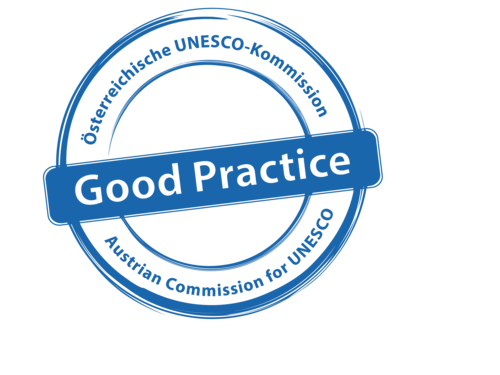
The selection process
It is not UNESCO which proposes or identifes a site but rather the country in which the site is located. Thus, the application for acceptance onto the list of World Heritage sites is made by the contracting country – in the case of Austria, it is submitted by the relevant Culture Minister on behalf of the Republic.
Nominating a world heritage site is an extensive undertaking. In addition to a precise description of the “outstanding universal value” (OUV) of the site, a nomination document now also includes scientific studies, a presentation of the national statutory protective measures that will guarantee the protection of the potential site, detailed maps and a comprehensive management plan. Before a site can be nominated, it must already be registered on the “Tentative List”.
After being submitted, the file will be evaluated by experts from the so-called Advisory Bodies, provided the essential criteria are met. These experts provide the necessary academic expertise for the practical implementation of the World Heritage Convention and advise the World Heritage Committee. This involves checking if the sites proposed by the member states meet the criteria specified in the World Heritage Convention.
Ultimately, the World Heritage Committee makes the decision on whether to accept the site onto the list. This committee meets once a year and is made up of 21 selected states or their representatives.
Important terms:
OUV – Outstanding universal value
The concept of outstanding universal value (abbreviated to OUV) forms the conceptual core of every World Heritage site and defines the extent to which the site in question is important for all of humanity, and therefore also why it is worthy of protection and preservation. The site must meet at least one of the 10 criteria in order to be deemed of outstanding universal value.
World Heritage Committee
The World Heritage Committee (Intergovernmental Committee for the Protection of the Cultural and Natural Heritage of Outstanding Universal Value ) is the main committee responsible for implementing the World Heritage Convention. It is made up of the representatives of 21 different countries that are elected into the Committee for six years, during which they manage the world heritage list and decide on the admission or removal of sites.
The current Committee is made up of the following countries: Australia, Bahrain, Bosnia and Herzegovina, Brazil, China, Egypt, Ethiopia, Guatemala, Hungary, Kyrgyzstan, Mali, Nigeria, Norway, Oman, Russian Federation, Saint Kitts and Nevis, Saudi Arabia, South Africa, Spain, Thailand and Uganda.
Advisory Bodies
The international professional associations ICOMOS, IUCN and ICCROM advise and support UNESCO at an international level and provide the required specialist and scientific expertise for the practical implementation of the World Heritage Convention. These international associations of professional experts evaluate nominations, draw up technical assessments and conduct international observational and aid missions. They are also designated as an advisory board in the Convention.
ICOMOS (International Council for Monuments and Sites ) was established in 1965 and is based in Paris. It is an international association of professional experts in various disciplines – from architecture, art history and archaeology to geography, history, urban planning and engineering. ICOMOS is divided into 28 specialist scientific committees. In Austria, ICOMOS is represented in the form of a national committee: ICOMOS Austria
IUCN (International Union for the Conservation of Nature ), based in Geneva, was established in 1948 and is the largest international nature conservation organisation. With more than 1,300 members, consisting of both governmental and non-governmental organisations, IUCN is the advisory committee for the World Natural Heritage field.
ICCROM (International Centre for the Study of the Preservation and Restoration of Cultural Property ), founded in 1956, is an intergovernmental organisation based in Rome that focuses on the restoration and preservation of monuments at an academic level. The primary focus lies on research and training, international cooperation as well as raising awareness.
“Red List” of World Heritage in Danger
The factors that threaten the preservation of different World Heritage sites for future generations are as varied as the sites themselves. Natural disasters and the consequences of climate change can potentially pose just as much of a threat to World Heritage sites (and their OUV) as military conflicts and even excessive economic and developmental pressure, overuse, mass tourism or poaching. In cases of extreme threats, the World Heritage Committee may decide to put the site on the (“red”) List of World Heritage in Danger. This should not be taken as a sanction, but is rather intended to contribute towards preserving and protecting the world heritage through increased visibility and solidarity. If the destruction of a site can nevertheless not be avoided, the final consequence is to remove it from the World Heritage List.
Tentative list
Each State Party is encouraged to keep a tentative list . This lists the sites that each state intends to nominate as World Heritage sites in the future. One prerequisite for submitting a nomination is that the site submitted must have been on this tentative list for at least one year. A site appearing on this tentative list is not a statement about its potential outstanding universal value but rather indicates an expression of intent to nominate the site as a possible World Heritage site in the future. However, this does not constitute an obligation of any kind.

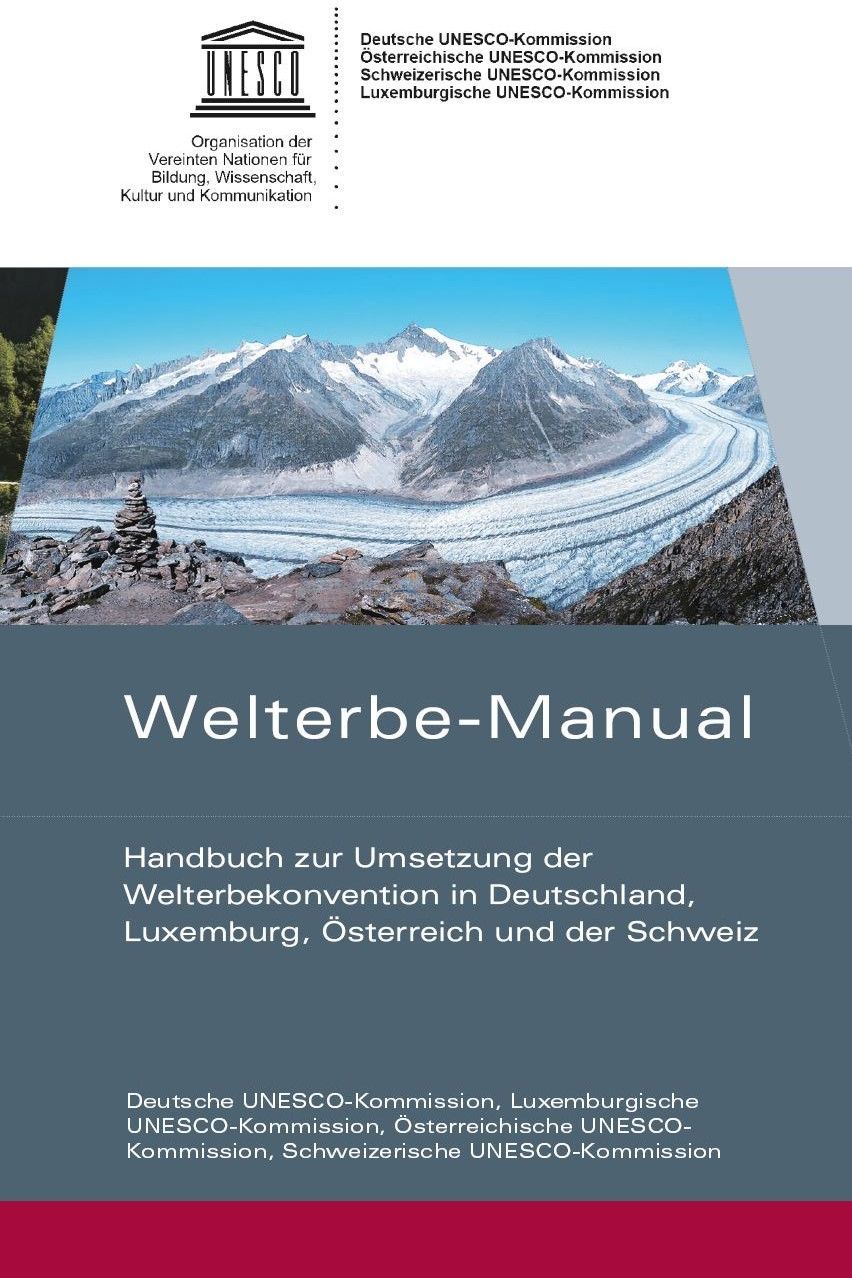
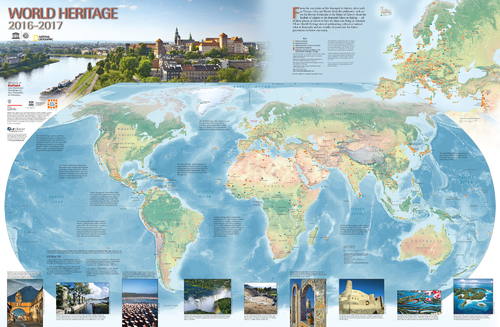
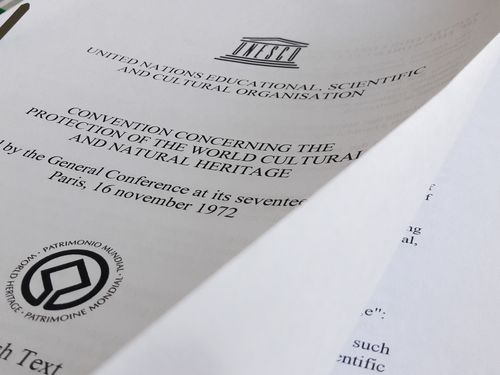
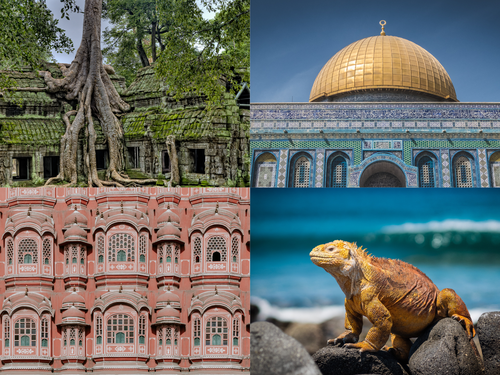
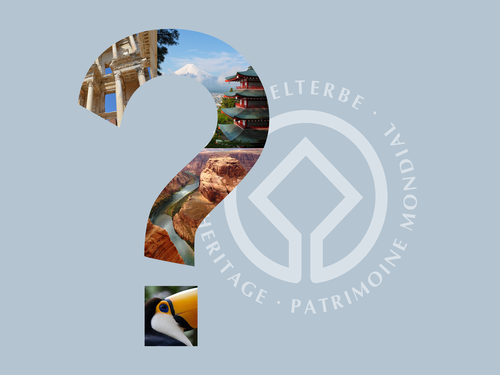
![[Translate to EN:] Welterbe in Österreich](/fileadmin/_processed_/f/c/csm_Welterbe_in_OEsterreich_2_f64603b865.jpg)
